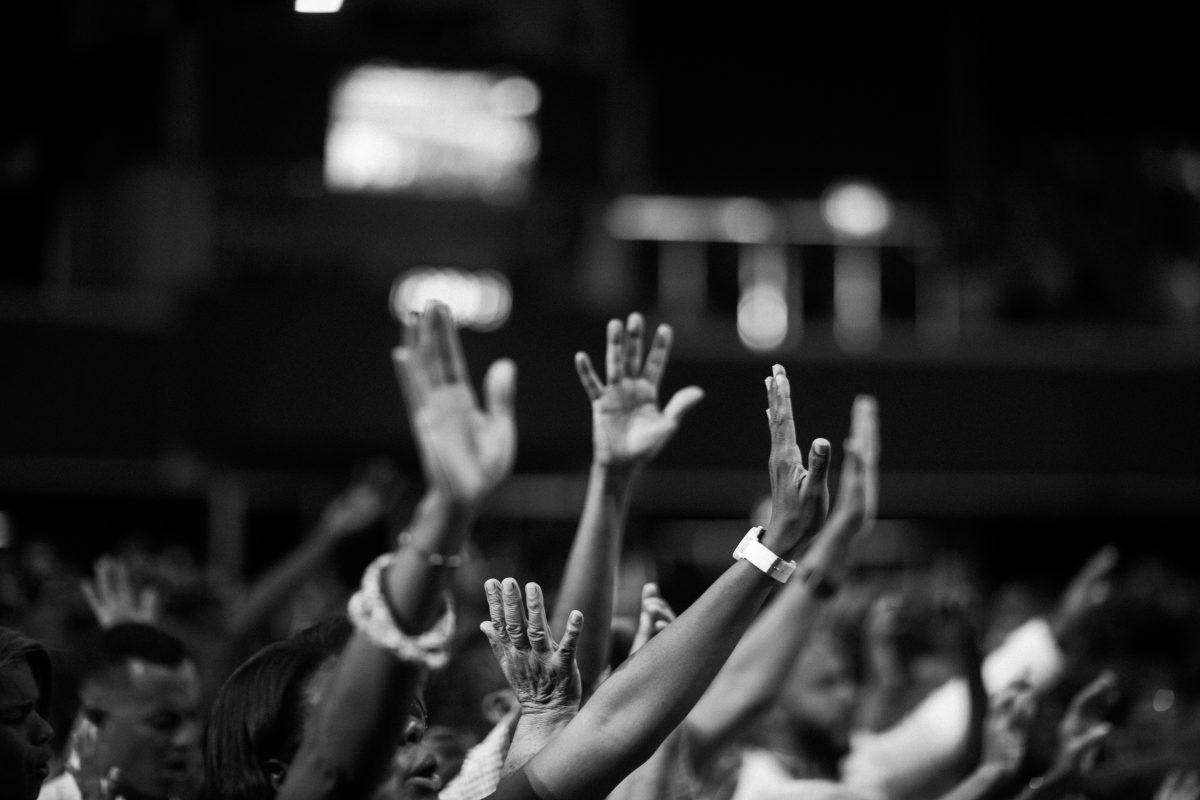Jason Lamb, art history teacher at Central Oregon Community College, spoke about Picasso’s “Blue Period,” (1901–1904) a time in which Picasso painted in the chromatic color of blue. The presentation was held at the Deschutes Public Library on Feb. 13.
Lamb said his goal for this presentation was to show the “sense in which artists paint their personal experiences,” and to “humanize Pablo Picasso as a nineteen-year-old boy.”
The story begins when Casagemas, Picasso’s friend, fires a gun at his lover, Germaine, who narrowly escapes the bullet by diving under the dining-room table.
According Germaine’s historical account of the event, Casagemas then said, “This one’s for me,” and fired the gun into his temple. After hearing news of his friend’s death, Picasso was able to postpone his grief by spending several months in Madrid, Spain.
Upon his return, Picasso moved into the same apartment complex that was previously occupied by Casagemas. He reunited with Germaine (this time as her new lover), and fell into a state of depression months later.
The next two years of Picasso’s life were spent in destitution because hardly any of his paintings sold. Lamb explained that Picasso’s blue paintings may have been a form of therapy. During this time, Picasso began frequenting the St. Lazare women’s prison in Paris to paint various prisoners.
“Picasso may have felt as if he was trapped within his own mental prison,” Lamb said.
The last year of Picasso’s Blue Period was the most productive and profitable:
“He created some of his greatest works (during this year),” Lamb said. These include “The Old Guitarist,” “The Old Jew,” “The Blind Man’s Meal,” “La Celestina” and “La Vie.”
“La Vie” or “Life,” Lamb explained, is one of the most revealing paintings of Picasso’s depression during his Blue Period. It depicts Casagemas nearly nude next two what is presumed to be Germaine. The two are standing across from a woman holding a baby. Casagemas was an impotent man who could not capture Germaine’s love completely.
Through “La Vie,” Lamb said, Picasso was able to give Casagemas everything he could not obtain in his life.
Lamb concluded that “La Vie” is “one of the most discussed paintings for several reasons: The arch in the back is similar to St. Lazare, Casagemas’ face was first painted as Picasso’s own face, and Casagemas’ hand gesture is impossible, which may be a sign that he is God. The surface on which Picasso painted was once a painting called ‘The Last Moments,’ which Picasso did in school where he met Casagemas.” This is one of the last paintings Picasso completed during his Blue Period.
Jason Lamb has been at COCC since Aug. 2013. He moved to Bend from Illinois by way of the train. Lamb received his Bachelor of Fine Arts and did his Masters thesis on artists as political radicals during World War 2 at the Northern University of Illinois. Lamb’s most recent works are in concept art and game design. He created designs for “Quest for Infamy” in 2014 and “Order of the Thorn” in 2015.
Danielle Meyers | The Broadside Contact: [email protected]














